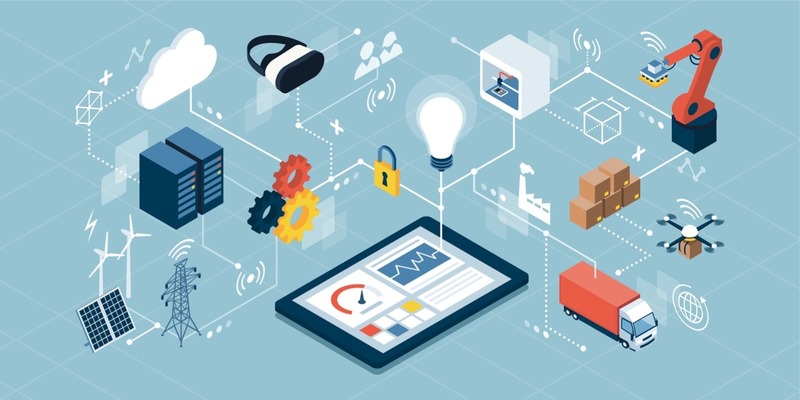
The classical tools and theories of the international political economy and diplomacy were the product of and well suited for the analogue world, where old strategies built on resource scarcity and ‘real’ events with physical objects apply. As transportation was experiencing revolution with cars, roads and highways, becoming mainstream, it was mission critical to come up with the traffic rules, system of number plates and driving licenses to enable frictionless collaboration among complex system participations. These rules are simple as they are meant to avoid collisions. Since no one wants to have accidents, every system participant benefits. It is a clear win-win situation. The analogy with intergovernmental relations is clear. As long as the key asset was land or territory, waging war had to be carefully considered, and therefore peace was the best option as it allowed us to deploy scarce resources to strengthen internal infrastructure.
The world rapidly shifts from analogue to digital. Rules have now changed with self-driving connected cars that make decisions not on ‘real’ events but on data streams that can enable predictive analytics and many other forms of augmented decision. These data streams, now can act in the car without the knowledge of the driver. As data becomes as importantб or more important than territory as a means to power (defined as funding capability of future value) new rules of engagement are necessary. By analogy, this extends to the rules of intergovernmental relations. The rules have changed. As data is the new source of future value, identity becomes the main issue in the next decade.
The hardest concept to grasp in Digital Transition is the relative (semi) autonomous gaze of the network itself. This network is a balance of Cloud and edge services, with AI running inside objects in everyday activities (wearables, washing machines, cars). For this network all its users are ‘entities’, these can be machines, people and processes (templates that predefine scenarios). It becomes clear that ‘identity’, as in singular identities is no a longer relevant and productive concept.
New models in insurance in the case of an accident with a self-driving car reason as follows: the car gets awarded a temporary identity, the person(s) involved get awarded temporary identity, the rock the car hits before it goes into the water receives a temporary identity, as well as the (pollution in) the water. The combined result of this becomes an ‘event’ identity. This event identity subsequently becomes the basis for negotiating claims.
In the current governmental relationship frameworks, we are used to dealing with three groups of actors:
• citizens/endusers
• industry/sme
• governance/legal
The data flow of IoT/Big Data/blockchain will make new entities consisting of different qualities taken from the former three groups. The most important feature of this approach is that identity becomes an activity dispersed over and managed by the
1. person and his or her attributes profile,
2. object, machine or robot that performs the service and
3. the enabling connectivity harnessed in an architecture. Unlike the last decades of austerity and crisis management, this value layer is immensely rich and abundant, but only if it is under proper and responsible control.
The last decade saw over The Top Players on housing (AirBnB), mobility (Über), music (Spotify), data storage (Azure, Amazon, Alicloud). The next one will be characterized by fights over the core addressability and the ecosystem built on the unique identifiers of people, objects and events.
Goods, persons, houses, situations and Industrial processes all radiate data and create digital twins. These twins exist as sets of properties in an analytic layer that is in many hands now but not really under multi stakeholder control. The situation is hybrid in the sense that the digital twins actually begin to actuate back in the analogueâ objects. This is the moment of ontological change. It demands a new toolset on the notion of identity itself.
Image Upload
Add image